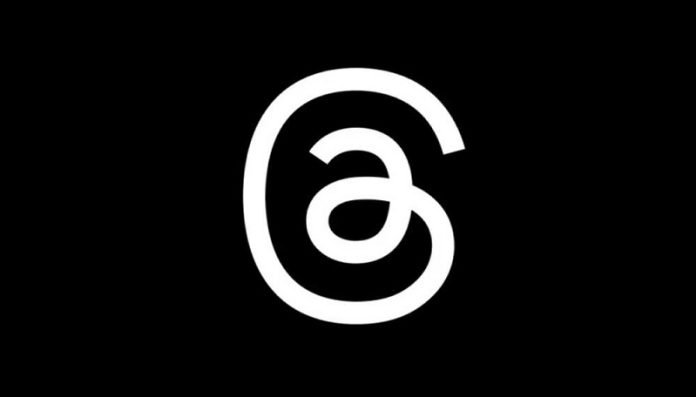
Threads, a new Meta social media platform that launched this week, is giving users—already surpassing more than 30 million people—an alternative to Twitter.
Nazanin Andalibi, assistant professor of information and digital studies at the University of Michigan, says the platform has generated excitement but there are some concerns about it, such as user privacy.
What is it about Threads that has generated high interest nationwide?
There are a few reasons for the high interest, such as it’s a new platform from a major social media company, so partly it is expected.
In addition, Threads wants to be an alternative to Twitter and people are frustrated with Twitter’s changes in the past few months.
Third, they have leveraged Instagram by sending notifications that friends have posted their first threads, many would click out of curiosity and are prompted to add the app themselves.
Finally, they gave initial access to celebrities, which is an established strategy to bootstrap new platforms.
Are there any concerns you have about Threads, such as privacy or usability?
Yes! Meta has historically been criticized for its privacy policies and practices. Threads seems to collect an astonishing range of data including sensitive information that can identify people.
Sensitive information in iOS means information such as racial or ethnic data, sexual orientation, pregnancy or childbirth information, disability, religious or philosophical beliefs, trade union membership, political opinion, genetic information or biometric data.
Is this clear when people sign up?
No. I had to take multiple steps to get to this point. It is also not allowed in Europe due to these privacy concerns.
While the Meta announcement says there are accessibility features, I was not able to actually add alt-text to a photo when I tried. Even if the feature does exist, a user should be able to easily understand both that it exists and how to use it.
There is another concern: One cannot delete their Threads account without deleting their Instagram account. That is bad.
Will Threads’ arrival mean the end of Twitter as more users seek other alternatives?
Not necessarily, but I think it is too soon to tell.
The “end” of Twitter, more than anything, will be because of the decisions Twitter is making and people deciding that its pros no longer outweigh the cons.
But Twitter may never “die” per se, though it may have died as we knew it.
Rather than the prevalent binary framing of “is a platform dead or not,” I think it is helpful to consider that platforms’ cultures change, and Twitter’s is certainly not an exception. Is Facebook dead as we knew it? I would argue, yes.
For example, while posting on personal profiles is no longer that common on the platform, Facebook groups have become more popular.
Any other thoughts about Threads?
It is curious that there are no hashtags nor ways to search for tags given that we know tags are a key way people find community and content on social media.
Also, people use different social media platforms for different reasons: their networks, while they may overlap, are different; the social interactions that take place are different; the types of topics they share about or engage with are different.
In this case, while starting the social graph from Instagram gives Threads a leg up, it also means that these two platforms are entangled without much real user control.
This is fair if the platform is literally intended as Instagram but in text as Meta has noted in a blog post, but can be problematic if it is intended to be a standalone platform because people do tend to separate their networks across various social media platforms.
People tend to like to have control and understanding over their newsfeeds—what they encounter and what they don’t. With Threads’ current form, the news feed includes a surprisingly large amount of content from accounts I do not follow nor do I have any interest in.
If they want to keep the newsfeed algorithmically generated (let’s say as opposed to chronologically with content only from people one follows), there is a balance they have to hit between showing curated, suggested content and content that a user has explicitly indicated they want to see by following certain accounts.
It is not hitting that balance right now.
Follow us on Twitter for more articles about this topic.



